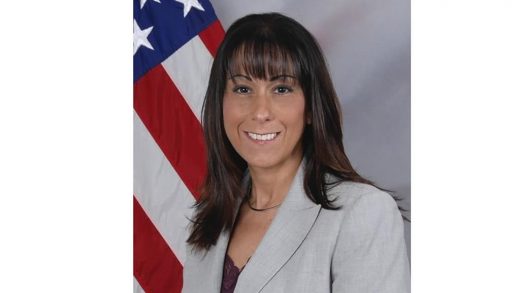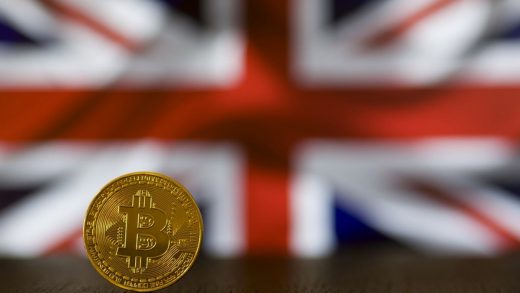
ANALYSIS: Over the coming weeks Chris Hipkins will begin the process of tossing policies aside that have proven unpopular with the public.
He has already shown a willingness to be brutally pragmatic. After Stuff broke the news on Wednesday that he would be reversing the fuel tax hike and continuing a 25c and equivalent cut to petrol and road user charges, Hipkins signalled a much more sharp political focus.
He also started with some level of consistency: you can’t talk about the cost of living while simultaneously jacking taxes back up.
The move did involve some longer-term political risk; roads still need to be paid for and, under current funding arrangements, maintaining the cut is unsustainable in the long term. At this stage it runs until the end of June, but it is very hard to see a scenario where it is scrapped before the election. As the end of June starts rolling around, the Government might indicate that it will end some time after the election.
Ricky Wilson/Stuff
Prime Minister Chris Hipkins and Maungakiekie MP Priyanca Radhakrishnan help out a flooded house in Mt Roskill with the student volunteer army.
READ MORE:
* Chris Hipkins’ first Cabinet reshuffle a game of two halves
* The winners and losers in Prime Minister Chris Hipkins’ Cabinet reshuffle
* The Chris Hipkins interview: aspiration, talking with business and doing things you can see
* ‘We’re doing too much’: Chris Hipkins prepares to cut Government policies
His Cabinet reshuffle is now done, but it is the other things that could form part of the reprioritisation that has everyone guessing.
Hipkins has indicated that many of the policies speculated about in the media will be on the chopping block: they include the RNZ/TVNZ merger, Auckland light rail and Three Waters, which he said on Monday – when removing responsibility for it from minister Nanaia Mahuta – was due for some sort of reset.
Then there are the second-tier things that could (or at least should) be for the chop. New Health Minister Ayesha Verrall will have her hands full with a healthcare system that will again come under strain over winter, while also being in charge of a plan for science sector reform (and seeming centralisation) that she inherited.
While getting the science sector humming is absolutely in the long-term national interest, it is hard to see how this is bread and butter.
The Government’s hate-speech legislation has been watered down, but it, too, could prove an unneeded distraction for the Government.
Then there are the small but visible things that could all work to wick voters away from Labour, like the cash for clunker scheme announced in the last Budget, which would allow low-income households to trade in old cars to be scrapped, in return for buying EVs.
Trying to incentivise the move to EVs is no bad thing, and, given New Zealand’s emissions profile, should be a priority, but that always looked like a high cost bit of symbolism that wouldn’t achieve much.
And while the capital gains tax fever dream – beloved by many commentators and those on the left as some magic fix for housing – has been speculated about, there is no chance it will be revisited for the same reasons Jacinda Ardern scotched it in 2019. High house prices put it at risk, but New Zealand is still fundamentally a property-owning democracy and the tax is unpopular and unlikely to achieve much.
RICKY WILSON/STUFF
Prime Minister Chris Hipkins visiting Auckland during flooding At Mangere civil defence centre Moana-Nui-a-Kiwa Pool and Leisure Centre in Mascot Ave, Mangere.
The NZTA/Waka Kotahi proposal to reduce speed limits on various highways around the country will almost certainly also be up for review.
David Parker’s RMA reforms, which are a mixed bag of good and bad ideas, will be going through a submission process over the next month or so, so it will be interesting to see what that throws up and whether the brakes are put on that also.
Even the new and much-needed buildings at parliament could come under the spotlight.
For Hipkins it will obviously be important what is ditched or sidelined. But equally important will be the way in which these programmes are reprioritised.
If some things are effectively just put on the back burner until further notice, the National Party will still be able to actively campaign on them (which on Three Waters, for example, it will do regardless of what Hipkins says). This will be especially true of how he manages the vexed politics of co-governance.
The PM will have to assess how he frames it: what things will be said to require more work or consultation, and which he commits to kill for however long he is prime minister.
Equally difficult will be explaining why some things that have often been worked on virtually since Labour came to power nearly six years ago are now suddenly not worth doing any more.
Grant Robertson, especially, has been consistent over the past couple of years that, in addition to the urgent – first Covid-19 and now inflation – long-term investments and reforms were still crucial for the Government to go ahead with.
Clearly there will be some bruised egos as various ministerial projects get dumped on the altar of electoral hygiene.
For Hipkins – and perhaps even more for Robertson, who is in the same job he was in last year – explaining these changes will take some work and substantial discipline.
So once that reprioritisation is done, what will Hipkins’ Labour be reprioritising to? That becomes a very interesting question.
Broadly, there are only two things the Government can do about the cost of living: make things cheaper; or boost incomes or give people more money to pay for them. The former is very difficult to do in short order, the latter is inflationary.
Robyn Edie/Stuff
National Party leader Christopher Luxon speaking at the Gore Town & Country club, with National party Southland MP Joseph Mooney, to members of the public from the Eastern Southland area.
That leaves Hipkins and Labour in a bind. Genuinely boosting incomes takes time and means increasing productivity, which in turn means microeconomic reform: making it easier and more productive to produce goods or services at a company and individual level. That is difficult and clearly won’t be done pre-election. Even if it was, it wouldn’t yield results. And Labour has never demonstrated much interest in supply-side reforms, even in the current supply-constrained economy.
That leaves giving people more money, whether through direct payments – such as the modest cost-of-living payment announced at last year’s Budget – the welfare system or via tax cuts. With a new prime minister in charge, the latter must now become a live prospect in this year’s Budget. With inflation roiling away, more of people’s incomes are being pushed into higher tax brackets.
One of the National Party’s key policies – indexing tax cuts to inflation – aims to fix this problem and while National may have put scrapping the 39% tax rate on incomes of over $180,000 on the backburner, it is still shaping to take more general tax cuts and indexation to the election. ACT also continues to campaign on a lower, simpler tax system.
Hipkins has said that there won’t be some big day where all the non “bread and butter” things will be ditched, but that they will go over a longer period. Whatever these turn out to be will have to be significant in order to convince the electorate that Labour, while sticking to core beliefs, is different, not just in appearance but in substance.
We are yet to see whether Hipkins can achieve that.


